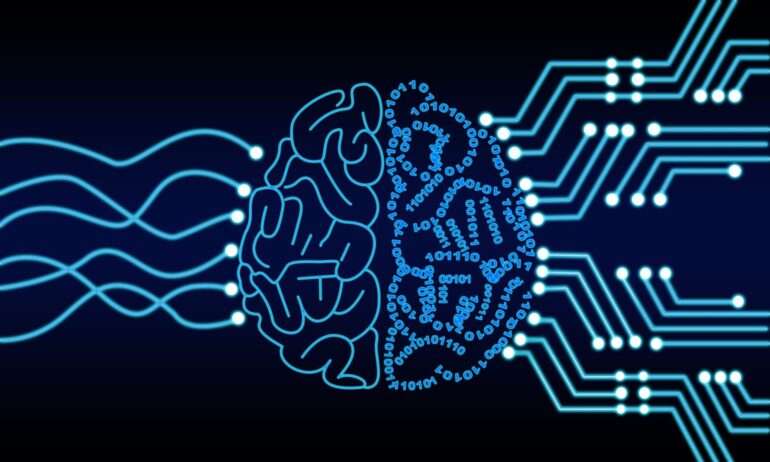TL;DR:
- Researchers from Technische Universität Dresden developed a breakthrough material design for neuromorphic computing.
- The “reservoir computing” technique allows near-instantaneous pattern recognition using magnons.
- Neuromorphic computers imitate organic brain activity, excelling in pattern recognition and machine learning.
- They can handle real-time data and complex problems with incomplete information, unlike classical computers.
- Neuromorphic computing offers significant energy efficiency, reducing costs in blockchain operations and mining.
- Machine learning systems interfacing with real-world sensors can benefit from the speedup provided by neuromorphic computers.
Main AI News:
Scientists at Technische Universität Dresden in Germany have made significant strides in neuromorphic computing, leveraging a groundbreaking material design that could bring about transformative implications.
By adopting the innovative “reservoir computing” technique, the team harnessed a vortex of magnons to enable near-instantaneous algorithmic functions for pattern recognition. Notably, their research not only introduced and tested the novel reservoir material but also showcased the feasibility of implementing neuromorphic computing on a standard CMOS chip. This development has the potential to disrupt traditional approaches in both blockchain and AI.
The crux of the difference between classical and neuromorphic computers lies in their computing mechanisms. Classical computers rely on binary transistors, operating as either “ones” or “zeros.” In contrast, neuromorphic computers employ programmable artificial neurons that mimic organic brain activity, utilizing varying patterns of neurons and factoring in time.
The significance of this distinction becomes apparent when it comes to pattern recognition and machine learning algorithms, which are paramount in the realms of blockchain and AI. While binary systems excel at number crunching through boolean algebra, they struggle with pattern recognition tasks, especially when dealing with noisy or incomplete data.
In real-world scenarios where constant streams of real-time data inundate sectors like finance, AI, and transportation, classical computers encounter difficulties with occluded problems. For instance, the challenges faced in achieving fully autonomous driverless cars cannot be easily reduced to a series of “true/false” compute problems using traditional methods.
Enter neuromorphic computers, tailor-made for handling problems involving a lack of information. These computers possess the ability to continuously adapt to real-time data, thanks to their pattern configurations that bear resemblance to the human brain’s functioning. Human brains exhibit specific patterns in conjunction with specific neural functions, which can evolve over time.
One of the main advantages of neuromorphic computing lies in its remarkably low power consumption compared to classical and quantum computing. This energy-efficient trait could substantially reduce costs in terms of time and resources when operating blockchain systems and mining new blocks on existing blockchains.
Moreover, the potential for significant speedup in machine learning systems presents itself, especially in applications that interface with real-world sensors (such as self-driving cars and robots) or process data in real-time (like crypto market analysis and transportation hubs).
Conclusion:
The advancements in neuromorphic computing hold tremendous potential for revolutionizing the blockchain and AI markets. The technology’s ability to excel in pattern recognition and adapt to real-time data will enable more efficient and cost-effective operations in these sectors. Businesses that embrace this innovative approach may gain a competitive edge and drive transformative changes in their respective industries. As the demand for pattern recognition and real-time data processing increases, neuromorphic computing is poised to play a pivotal role in shaping the future of technology and business.

